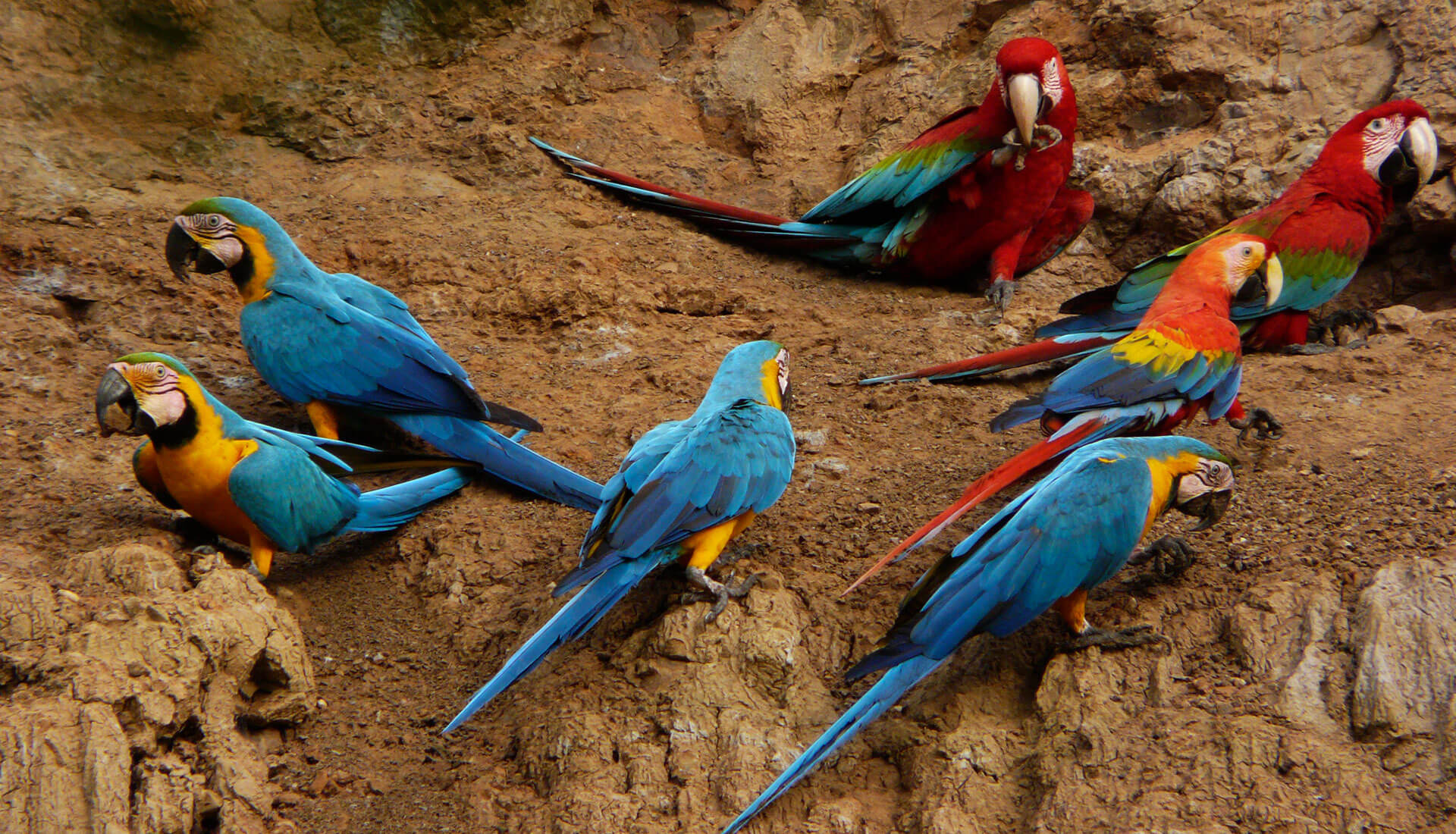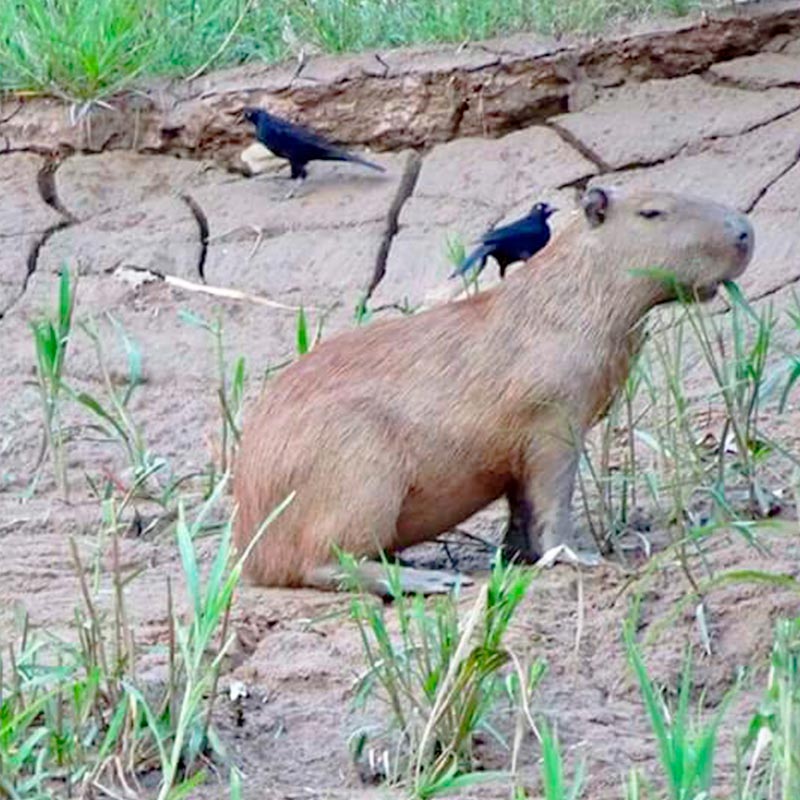10
Jun
Capibara (RONSOCO)
Ronsoco, chigüire or chigüiro2 (Hydrochoerus hydrochaeris) is an animal of the cavidae family. It is the largest and heaviest living rodent in the world. It is related to agoutis, chinchillas, coypu and guinea pig. One of its common names, "capybara", comes from the Guarani kapiÿvá,4 meaning 'lord of the grass'.5 Its scientific name hydrochaeris, means 'water pig' in Greek.3 [caption id="attachment_3427" align="alignleft" width="300"] CAPIBARA - TAMBOPATA PERU[/caption] An adult Hydrochoerus hydrochaeris. It has a heavy barrel-shaped body and a small head, with reddish-brown fur on the upper body that turns yellow-brown underneath. They can...



